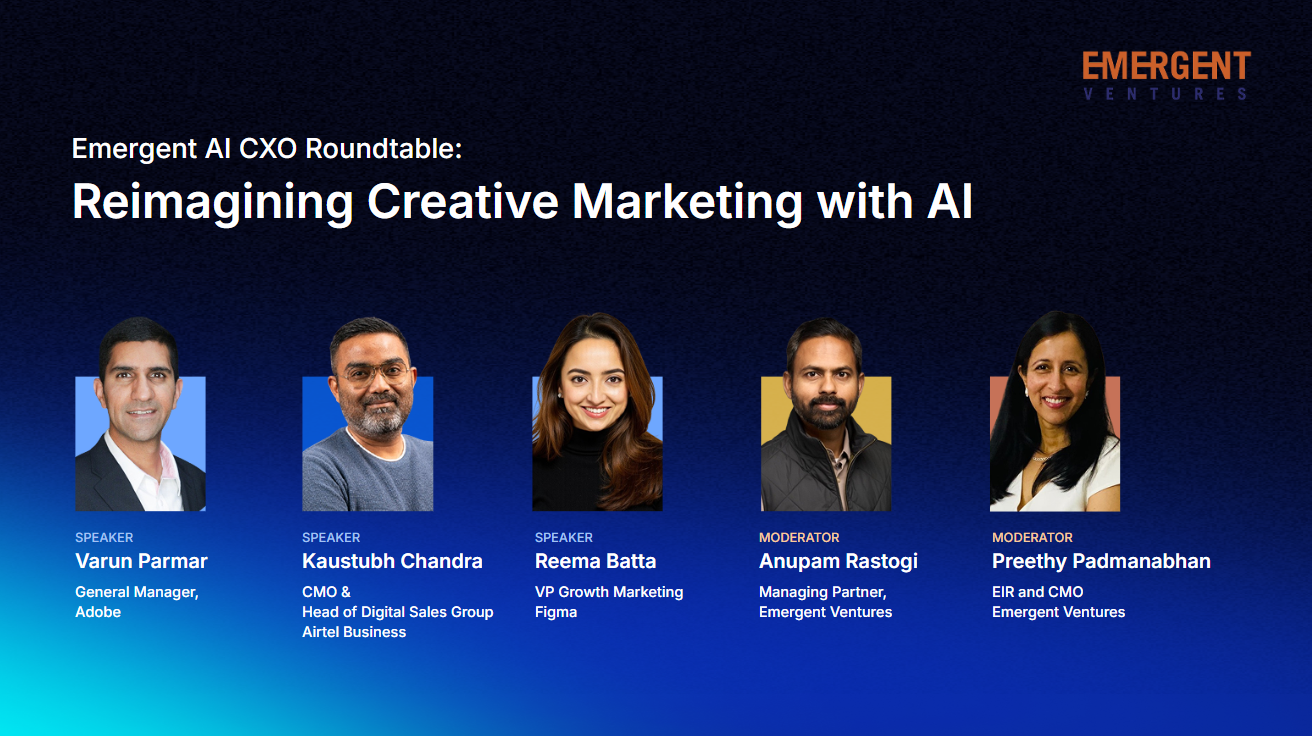Sales vs. Fundraising: Different Ball Games for B2B Startups
In the early days of a startup, B2B startup founders are often building their organizational muscle on two core areas — sales and fundraising. These two feel similar in some ways, and we see many early-stage founders implicitly start to use the same tactics while pitching to prospective investors as they do for selling to prospective customers.
This is a mistake in our view. We believe sales and fundraising are two different ball games. Applying your sales process instincts to fundraising is like sending your NFL or cricket stars to the soccer world cup.
Different Audiences, Different Goals
Prospective investors are looking for outliers across a wide swath of areas, while customers are typically looking for the solution in your category that is the best fit for their current needs. So these are different audiences.
It is best to resist the urge to use your sales deck as the core for building your fundraising deck. Instead, start afresh to create your fundraise storyline.
Common Pitfalls in Investor Pitches
One common pitfall we see early-stage founders succumb to is spending a bulk of the VC pitch on their solution. A good investment pitch needs to also amply cover:
- Your team, motivations and back story
- Breadth of pain-point
- TAM (Total Addressable Market)
- Key metrics (if relevant to the stage)
- Potential long-term differentiation
These are areas that investors care a lot about, but customers may not.
The Role of Momentum and Scarcity
Successful venture rounds have a vital element of momentum and scarcity. Sales deals work on a bunch of different parameters (need/intent, timing, budget, ROI etc), but scarcity is usually a secondary factor at best.
If the customer decides not to purchase your solution this quarter, it doesn't preclude them from buying next quarter. However, investors usually have one shot to invest in a category-defining play — at least at the current terms. It is your job to make the investor realize how scarce and precious a resource your current round is.
Cadence and Timing Differences
In B2B sales, you need a regular cadence of outreach and pitch meetings throughout the year. But applying this approach to fundraising is a recipe for disaster.
The best fundraising processes are run on a well-planned timeline with:
- Meticulous pre-preparation
- An ample number of threads running on the same cadence
During a fundraise process, one investor getting to terms discussion typically precipitates other late-stage threads to a conclusion quickly. There is no such virality among customer prospects.
Seasonality Matters in Fundraising
Seasonality during the year can be much more pronounced for fundraise processes. It is best to begin at the right times of the year — e.g. in the US:
- Great times to begin: Early spring and early fall
- Not ideal: November/December and mid-summer
Conclusion
There are numerous differences between fundraising and selling, yet it is easy to fall into the trap of running one like the other. Internalizing the nuances is key to getting the most out of both processes.
More from Emergent

We help founders get to the *next level
We’re hands-on partners to ambitious Enterprise AI founders. We invest early and help achieve product-market fit, build go-to-market, and scale into breakout growth.



